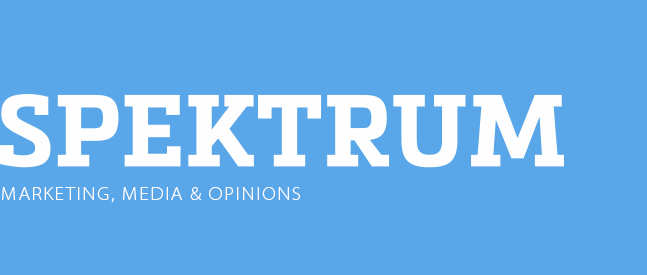
Ask yourself: what brand are you going to purchase? Why are you putting this item in your shopping cart?
Is it the price or quality that sways you? These questions, along with many others, contribute largely to a company’s decision-making process. Attempting to anticipate the answers of consumers in order to ensure maximum product sales, the consumer thought process is a endlessly important stage in product development and sales. These answers correspond directly to a company’s business culture, brand flexibility and advancement opportunities in any particular market.

For decades, marketers have used a variety of tools to increase brand awareness and loyalty, as well as gain consumer confidence. In such a competitive labour market, these skills are becoming more and more relevant as companies strive to come out on top.
Subsequently, employer branding is crucial in accomplishing this task. Simply, the term describes the sound development of an employer’s brand, which is tasked with attracting clients and maintaining employer-client relationships. In addition, public perception must be controlled in an attempt to solidify the quality of said brand. In a world in which information can spread via social media in seconds, transparency, integrity and ethical standards must all be of paramount importance. As a result, companies are increasingly opting for a proactive approach in the development of their personal brand.
But what does “Employer Branding” mean?
The aim of employer branding is to internally and externally position a company for long-term success. This positioning also aids in guiding employees, improving the company’s image and quality in an effort to sustainably increase the company’s competitiveness. In addition, a successful brand will strengthen company culture, bonding employees to the company and helping to attract new ones.
In order to solidify the employer brand, a variety of different methods are available to enable companies to attract current and potential employees to the brand. However, these measures should be planned strategically and holistically. Through effective storytelling, one’s own brand can be made tangible, positioning employees as ambassadors. In the process, individuals and their experiences should be reviewed consistently throughout all essential channels to promote employer communication.
For example, a brand’s career page can be supported by a corporate blog, which gives insight into corporate culture. A “day in the life” series presented through a YouTube channel is a great way to present various company and employee perspectives. Extending the online presence to Facebook, Twitter, XING and LinkedIn should also be considered in order to contact potential employees on all important social media networks.
Employer branding is not just important for large corporations. A successful employer brand offers tremendous opportunities to medium-sized companies in particular because of their smaller market presence. Because smaller companies have less established hierarchies and better advancement opportunities than larger conglomerates, successful branding is a useful tool in presenting themselves as an attractive employer to potential candidates.
However, caution should be taken when establishing an employer brand. Companies should be knowledgeable of their strengths and weaknesses and what they have to offer, being as authentic as possible in the conveying of these messages to the target audience. Employer branding should, beginning with management, be practice throughout the company, establishing a uniform image throughout all departments. When these points are collectively taken into account, the long-term establishment of an employer’s brand can be successfully achieved.